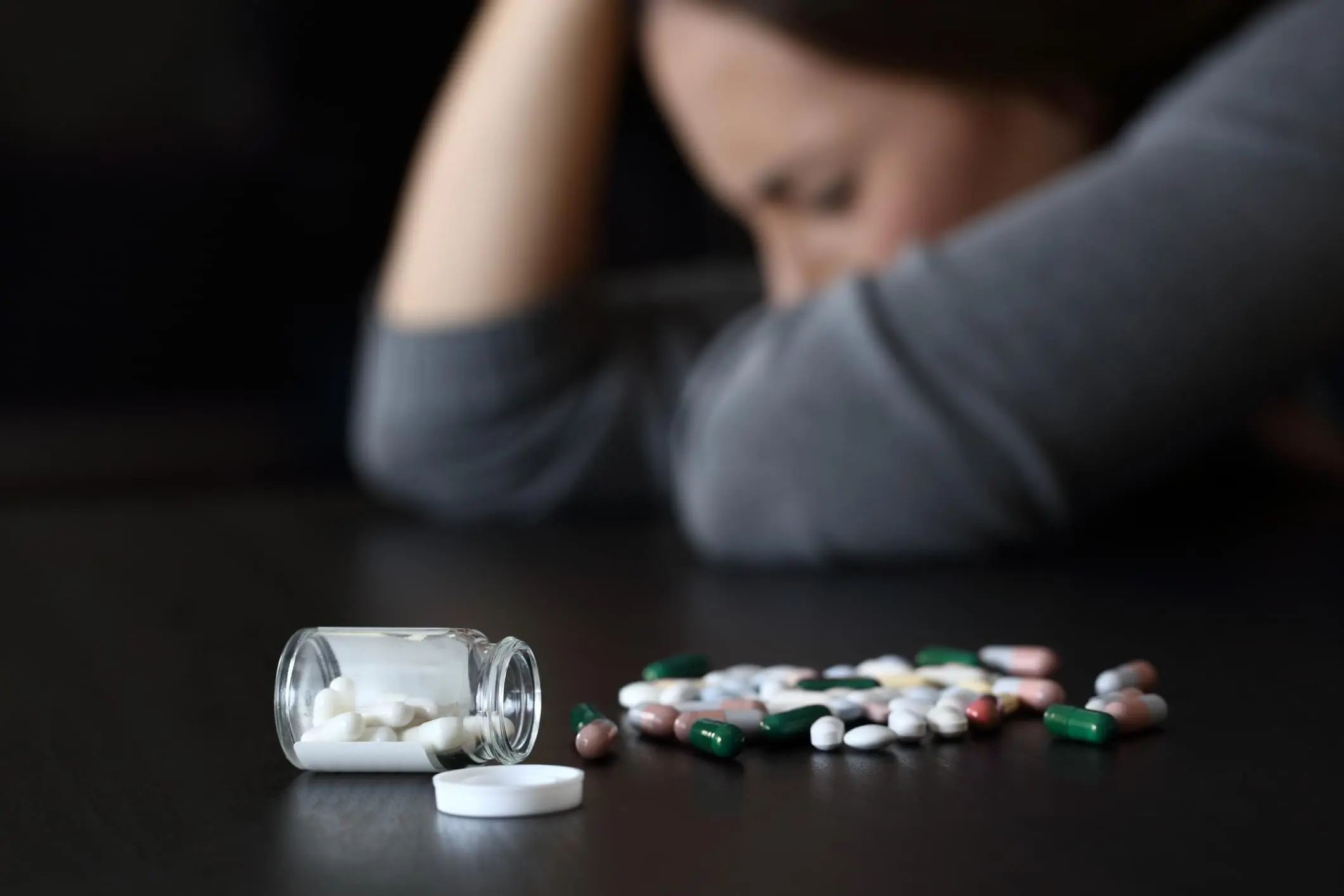On the Front Lines

Adena Health System initiates action plan to address drug addiction and overdose
 Adena Health System’s Dr. John Gabis has a unique perspective of the opioid and addition crisis running wildly throughout the UnitedStates. As a family doctor, Gabis hastreated patients for addiction and substanceabuse disorder. His aim is to helppatients live a full and enjoyable life, freefrom chemical dependence.
Adena Health System’s Dr. John Gabis has a unique perspective of the opioid and addition crisis running wildly throughout the UnitedStates. As a family doctor, Gabis hastreated patients for addiction and substanceabuse disorder. His aim is to helppatients live a full and enjoyable life, freefrom chemical dependence.
But Gabis also has another view of addiction and abuse — an end view, so to speak. As the Ross County Coroner, Gabis sees the final results of what happens when treatment doesn’t result in lasting sobriety. Across the south central Ohio areas that Chillicothe-based Adena serves, addiction to alcohol and opioids has been a critical issue for Gabis and the community.
In Ohio, there has been a significant number of overdose-related deaths. According to a 2016 report from the Ohio Department of Health (the most recent year for which data was compiled) there were 4,050 overdose–related deaths in Ohio, a 32.8 percent increase from 2015. In the past several years Ross County saw an increase in the number of overdose-related deaths, although Gabis says those numbers have somewhat declined.
Despite the statistical dip, Gabis says the concern is still very high as he and many others attempt to battle multiple forms of addiction.
Ohio, along with West Virginia and Pennsylvania, have been among the states hardest hit by the opioid epidemic.
“There’s a lot of substance abuse in this region,” says Gabis, who notes that people have attempted to self-medicate physical, emotional and mental pain that stems from various traumas. If people are unable to address those traumas in healthy ways, Gabis says they “figure out a way to make that trauma go away or be less.”
Gabis describes addiction as akin to a form of demonic possession. Addicts lose their will while in the grips of their addiction.
“Once you have a dependency, your brain changes and you become like a person possessed with an evil spirit or a demon,” he says. “Whenever your brain is hijacked by these substances, you look like who you are, but your brain is not who you are.”
When the opioid epidemic began to raise its head about a decade ago in the Chillicothe area, Gabis says community stakeholders banded together to have the resources available to fight the scourge of addiction. He says they wanted to focus on the prevention of drug abuse, as well as prevention education.
Gabis points to a number of initiatives that have been undertaken by Adena and other stakeholders in this battle. In the emergency department at Adena Health System, an Emergency Department PORT (Post Overdose Response Team) was established. That team works to save the life of the person who has overdosed on an opioid or other substance. When that person is released from Adena, there is a community port that follows up with the patient.
The community team also visits addresses where overdoses have occurred, and provides resources to the residents of those homes to help those suffering from addiction, he says.
Another key initiative is the use of Narcan, an FDA-approved medication used in the emergency treatment of opioid overdose. Gabis says patients treated for opioid abuse disorder and patients who have previously overdosed on opioids are provided two doses of Narcan as an emergency precaution. Gabis says giving those doses is “about harm reduction.” The hope is a family member or friend will be available to administer the lifesaving treatment in time.
With the increased abuse of opioid prescription medications, Gabis says Adena and the State of Ohio have changed guidelines for prescribing painkillers. Doctors are prescribing the lowest dose necessary to alleviate the pain, and are also prescribing shorter dosing rounds.
As both a doctor and county coroner, Gabis says working with addiction and patients who have overdosed can be distressing.
“These are preventable deaths and it can be heartbreaking to work with,” he says. That being said, he believes there is always hope for recovery.
“When we help someone stay alive, there’s hope for tomorrow,” he says. “They can step up to be the parent, son or daughter and citizen that they were meant to be.”